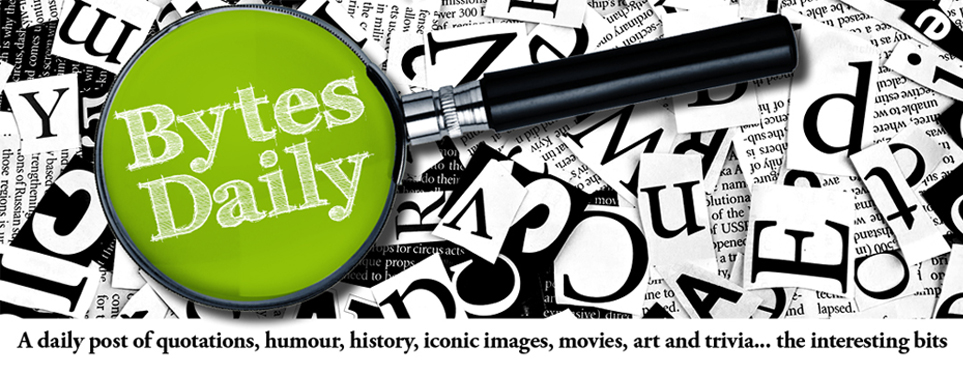----------ooOoo----------
April 17, 1961
Bay of Pigs invasion
The Bay of Pigs Invasion was a failed military landing operation on this day in 1961 on the southwestern coast of Cuba by the United States of America and the Cuban Democratic Revolutionary Front (DRF), consisting of Cuban exiles who opposed Fidel Castro's Cuban Revolution, clandestinely and directly financed by the U.S. government. The operation took place at the height of the Cold War, and its failure influenced relations between Cuba, the United States, and the Soviet Union.
In 1952, the American-allied dictator General Fulgencio Batista led a coup against President Carlos Prío and forced Prío into exile in Miami, Florida. Prío's exile inspired Castro's 26th of July Movement against Batista. The movement succeeded in overthrowing Batista during the Cuban Revolution in January 1959. Castro nationalised American businesses, including banks, oil refineries, and sugar and coffee plantations.
By early 1960, President Eisenhower had begun contemplating ways to remove Castro, in the hopes that he might be replaced by a Cuban government-in-exile, though none existed at the time. In accordance with this goal, Eisenhower eventually approved Richard Bissell's plan which included training the paramilitary force that would later be used in the Bay of Pigs Invasion. Alongside covert operations, the U.S. also began its embargo of the island. This led Castro to reach out to its Cold War rival, the Soviet Union, after which the US severed diplomatic relations.
Cuban exiles who had moved to the U.S. following Castro's takeover had formed the counter-revolutionary military unit Brigade 2506, which was the armed wing of the DRF. The CIA funded the brigade, which also included approximately 60 members of the Alabama Air National Guard, and trained the unit in Guatemala.
Over 1,400 paramilitaries, divided into five infantry battalions and one paratrooper battalion, assembled and launched from Guatemala and Nicaragua by boat on 17 April 1961. Two days earlier, eight CIA-supplied B-26 bombers had attacked Cuban airfields and then returned to the U.S. On the night of 17 April, the main invasion force landed on the beach at Playa Girón in the Bay of Pigs, where it overwhelmed a local revolutionary militia. Initially, José Ramón Fernández led the Cuban Revolutionary Army counter-offensive; later, Castro took personal control.
As the invasion force lost the strategic initiative, the international community found out about the invasion, and U.S. President John F. Kennedy decided to withhold further air support. The plan, devised during Eisenhower's presidency, had required the involvement of U.S. air and naval forces. Without further air support, the invasion was being conducted with fewer forces than the CIA had deemed necessary. The invading force was defeated within three days by the Cuban Revolutionary Armed Forces and surrendered on 20 April. Most of the surrendered counter-revolutionary troops were publicly interrogated and put into Cuban prisons with further prosecution.
The invasion was a U.S. foreign policy failure. The Cuban government's victory solidified Castro's role as a national hero and widened the political division between the two formerly allied countries, as well as emboldened other Latin American groups to undermine U.S. influence in the region. It also pushed Cuba closer to the Soviet Union, setting the stage for the Cuban Missile Crisis in 1962.
----------ooOoo----------


No comments:
Post a Comment
Note: Only a member of this blog may post a comment.